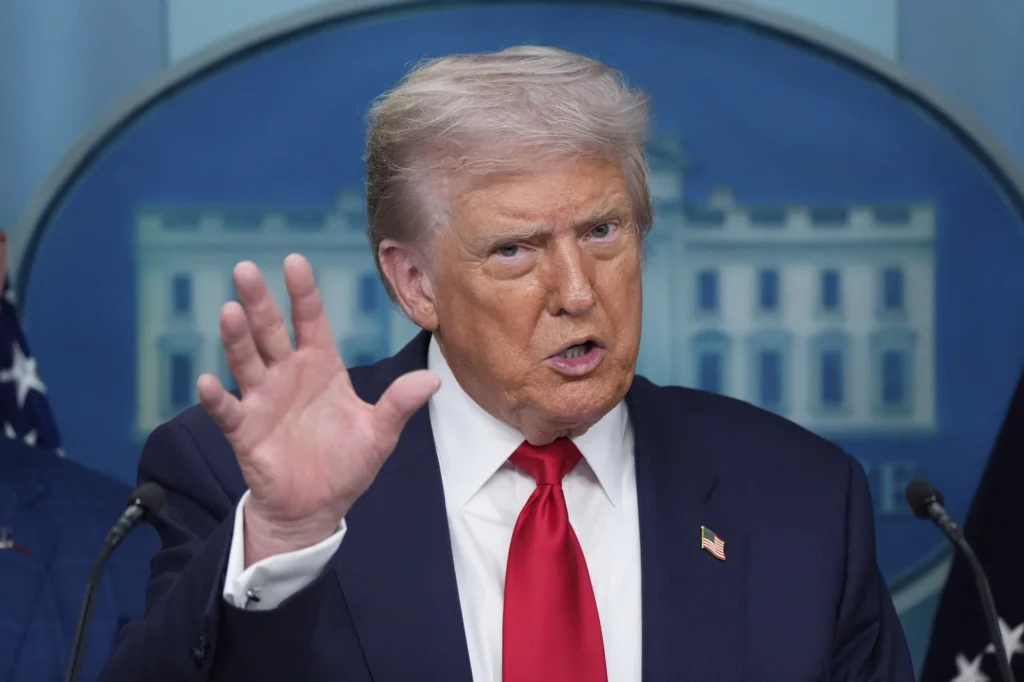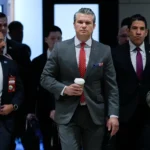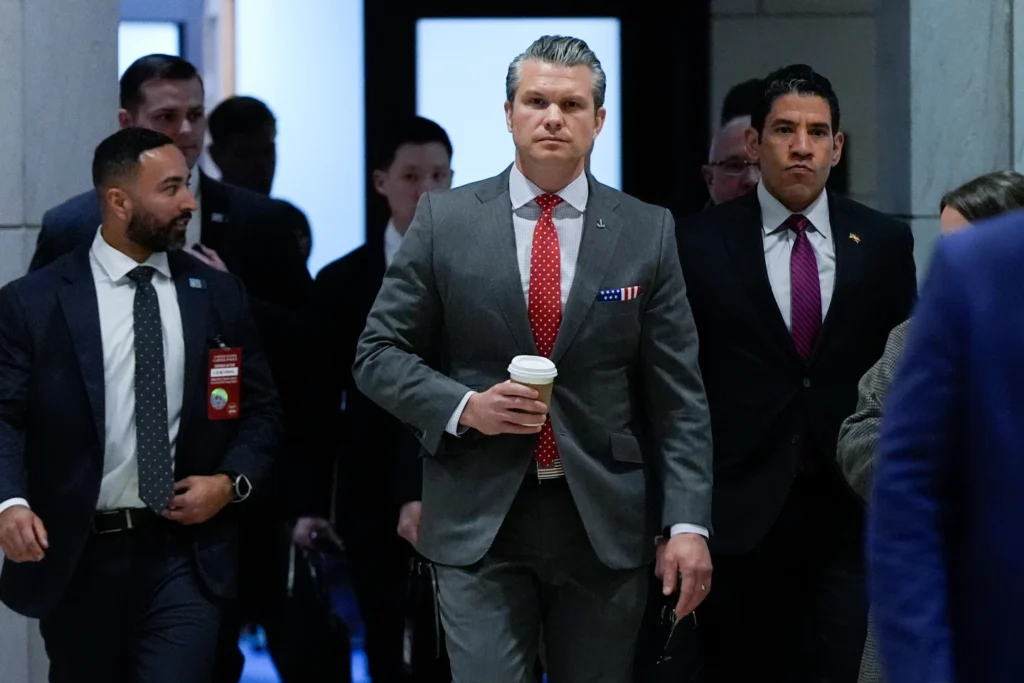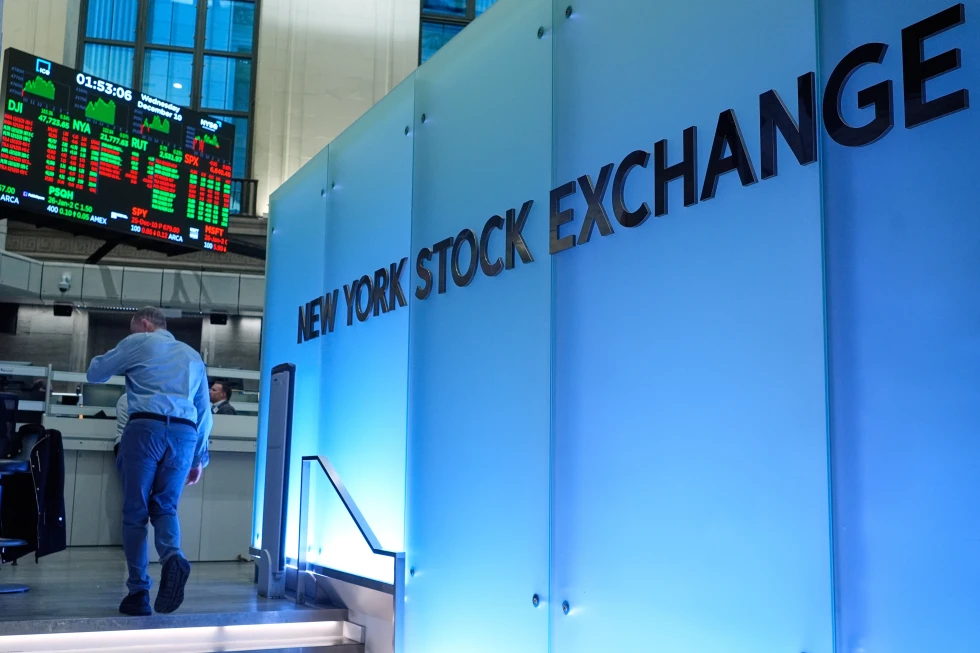US and China Extend Trade Truce by 90 Days

US and China Extend Trade Truce by 90 Days, Delaying Tariff Showdown
President Donald Trump has extended a trade truce with China for another 90 days, delaying a potential tariff escalation between the world’s two largest economies.
Trump announced the extension Monday on Truth Social, saying that “all other elements of the Agreement will remain the same.” China’s Ministry of Commerce confirmed it would also extend the tariff pause.
Deadline Extension Avoids Immediate Tariff Hikes
The previous truce was set to expire at 12:01 a.m. Tuesday. Without an agreement, the US could have raised tariffs on Chinese imports from 30% to even higher levels, while Beijing was prepared to increase its own retaliatory levies.
The pause gives negotiators more time to work toward a deal and possibly prepare for a summit between Trump and Chinese President Xi Jinping later this year. US companies doing business with China welcomed the news, calling it vital for market stability.
Sean Stein, president of the US–China Business Council, said the move is “critical” to improve market access for American firms and create the certainty they need for medium- and long-term planning.
China Eases Some Restrictions
China also announced it would temporarily lift certain export controls and extend relief for some US companies on its unreliable entities list. These measures target firms previously restricted from exporting or investing in China after Trump’s April tariff announcement.
A History of High-Stakes Tariffs
Reaching a lasting pact with China remains a challenge for Trump, whose trade policies have transformed the US from one of the most open economies to a more protectionist one. The average US tariff has climbed from 2.5% at the start of the year to 18.6%, the highest since 1933.
China has pushed back, threatening to limit access to rare earth minerals essential for products like electric vehicles and jet engines. In June, the two sides reached a partial agreement: the US reduced restrictions on chip technology and petrochemical feedstocks, while China made it easier for US companies to obtain rare earth supplies.
Tariff Reductions Prevented a Trade Freeze
Earlier in May, both countries pulled back from triple-digit tariffs that had threatened to halt trade altogether — 145% on Chinese goods and 125% on US exports. The rollback to 30% for US tariffs and 10% for Chinese tariffs calmed markets and reopened talks.
Ali Wyne of the International Crisis Group noted that the US had overestimated the power of steep tariffs to win concessions. China, he said, learned it could counter with rare earth export threats, giving it leverage in future negotiations.
Tough Issues Still on the Table
Major disputes remain unresolved, including intellectual property rights, Chinese industrial subsidies, and a US trade deficit with China that hit $262 billion last year. Experts like Claire Reade expect only limited progress, such as agreements for China to buy more American soybeans or act on fentanyl-related chemicals.
Jeff Moon, a former US diplomat, believes the trade war will “continue grinding ahead for years,” with partial truces but no permanent settlement.
SOURCE: AP News
: 133







